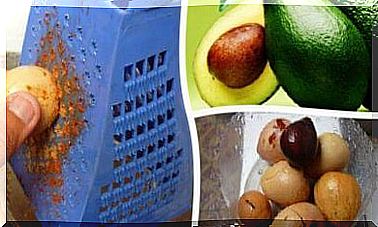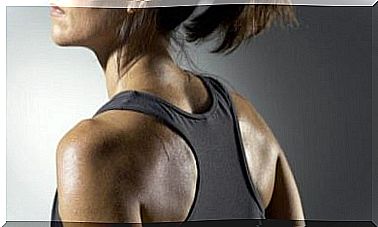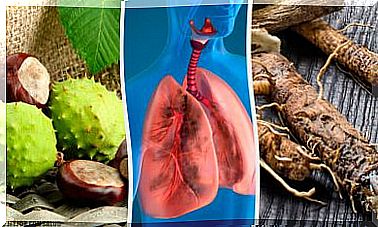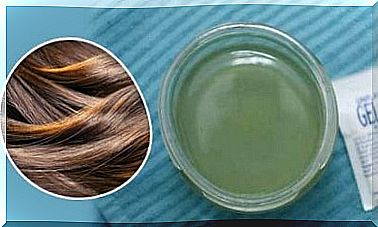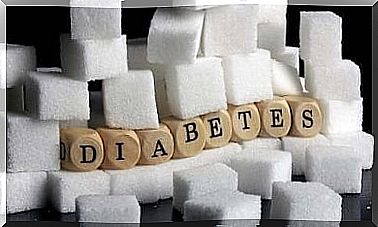Acrocyanosis: What Is It And How Is It Treated?
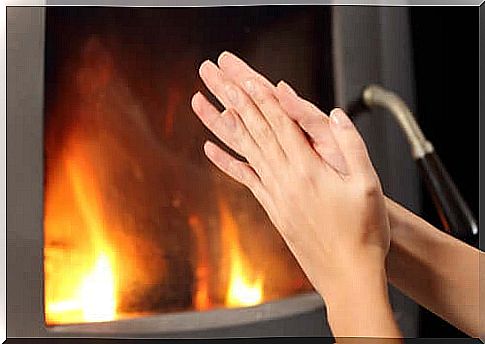
Acrocyanosis is a clinical picture characterized by a blue tint of acral areas. These are mainly the hands and feet. The word comes from Greek, where ” acro ” means “extreme” and ” kyan ” means “dark blue”. It is a permanent and painless bluish tinge.
Acocyanosis usually occurs in women. In fact, it is more common in the fingers of the hand. In addition, this image is usually triggered by exposure to cold or stressful situations. In this article, we explain what it is and how to treat it. Read on!
Why does acrocyanosis appear?
Acrocyanosis is bluish and cold staining of the distal parts of the limbs. Sweating is also common. This is due to spasm of the arteries, which is usually triggered by cold or emotional stress.
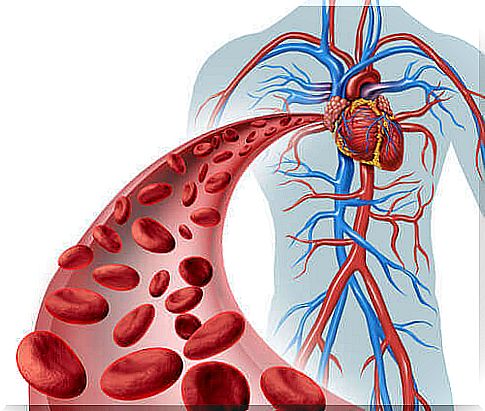
The clinical picture is due to the fact that when arteries contract, blood with difficulty reaches the most extreme parts of the body. Likewise, oxygen is also missing. Thus, the fingers and toes turn blue and cold.
The etiological factors of acrocyanosis are unknown. These patients usually show immune changes. First, there is an elevated level of antinuclear antibodies (ANA). These are antibodies that have elevated levels in autoimmune diseases.
Circulating immune complexes have also been found.
Acrocyanosis usually occurs in women, usually in their 20s. However, it does sometimes appear in childhood. It was also observed relatively often in patients with schizophrenia. However, this cannot be considered an etiological factor. Similarly, acrocyanosis has been linked to certain medications.
For example, beta-blockers and some chemotherapy drugs.
What are the symptoms?
As we mentioned, this is a permanent vascular syndrome. Involvement is usually symmetrical. In addition, it is dominant in the fingers and hands, and to a lesser extent in the feet. Importantly, cold is not a trigger as you might think. It is an exacerbating factor that is less severe in hot weather.
Although it is a painless pathology, there may be increased sensitivity and pain at times. This happens when the outside temperature is very low. Excessive sweating is also common.
This is a symptom characterized by excessive sweat production. It usually occurs on the hands. In addition, it worsens when it is hot and under emotional stress.
Acrocyanosis can cause self-esteem problems in the patient. Mainly because it is very visible, but also because of the aforementioned excessive sweating.
Contrary to what happens in Raynaud’s syndrome, acrocyanose maintains a blue tint. In fact, it cannot be easily reversed. There are also no trophic changes or ulcers. In addition, in Raynaud’s syndrome, the patient feels pain.
Acrocyanosis – types
It is divided into two types:
- Primary : Most common between the ages of 20 and 30. It rarely occurs after menopause. This fact suggests a hormonal effect on pathology.
- Secondary : This is a form associated with fasting and anorexia nervosa. It has also been seen in cancer, diseases like syphilis and so on. Even with certain medications, such as certain antidepressants.
Treatment
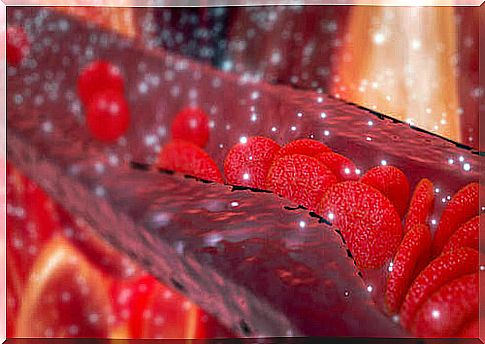
There is no specific and effective treatment for this pathology. However, it is recommended to avoid exposure to low temperatures. In the same way, it is advisable to minimize stressful situations.
Sometimes medications such as calcium channel blockers are used to dilate the arteries. The problem is that its effectiveness has not been proven.
Summary
It is very important to explain to the patient that this is not a serious pathology. They also need to understand that this is a permanent problem and that certain situations can make it worse. If he has a good understanding of the mechanism by which this is happening, he will know how best to handle the situation.
